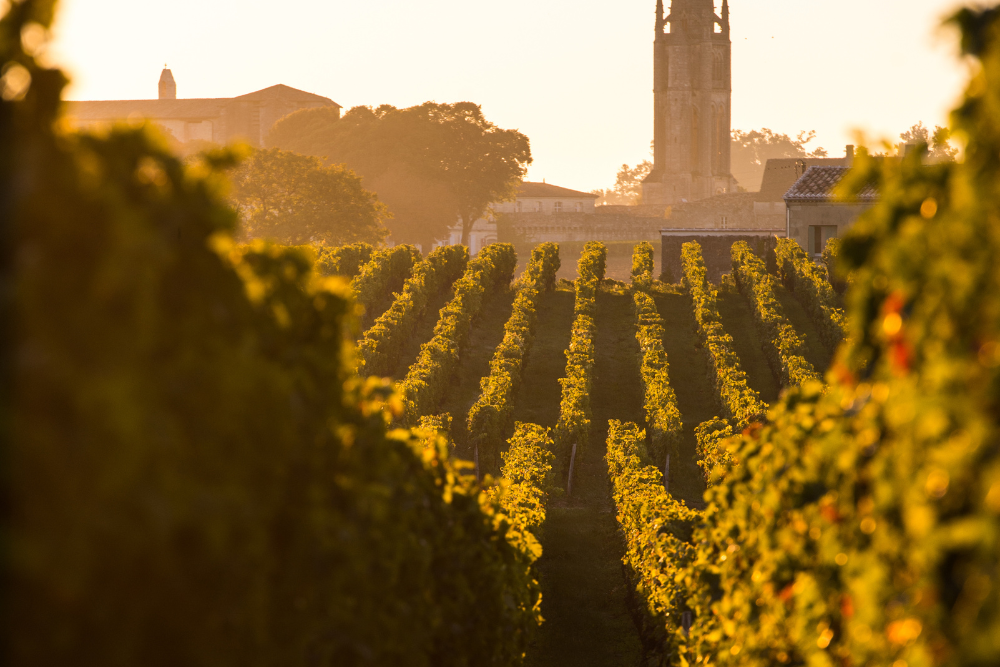Nestled in the heart of France’s Loire Valley, the Château de Chambord is one of the most iconic castles in the country, embodying the grandeur and beauty of the Renaissance period. With its striking architecture, vast grounds, and rich history, Chambord attracts millions of visitors each year. Whether you’re a history buff, architecture enthusiast, or simply someone who loves exploring stunning landmarks, Chambord offers a fascinating experience.
In this ultimate guide, we’ll take you through everything you need to know about the Château de Chambord, from its history and architectural marvels to the best tips for visiting.
1. A Brief History of the Château de Chambord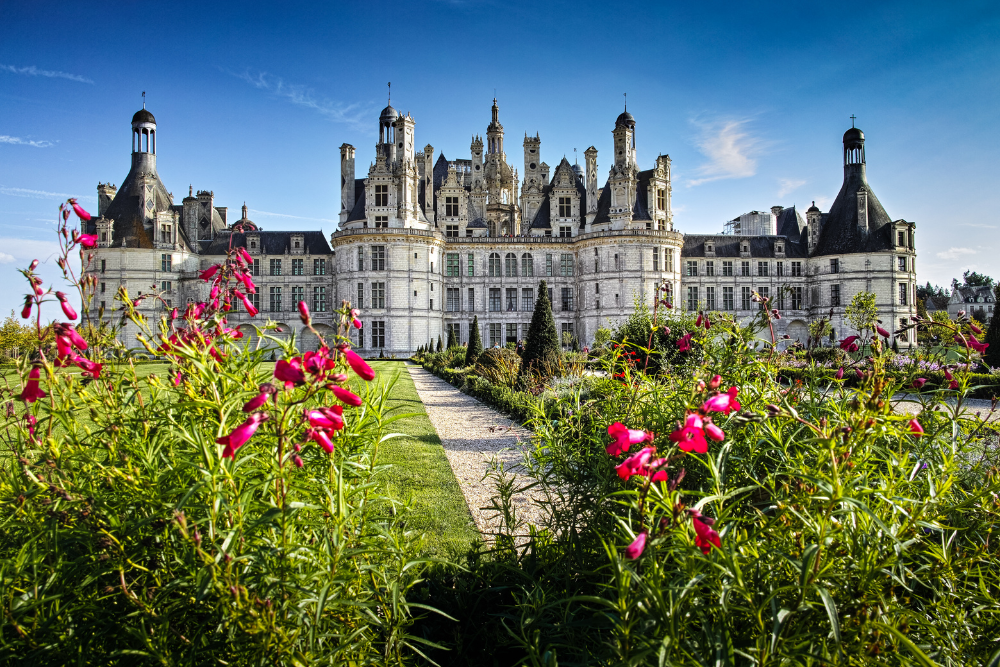
The Château de Chambord was commissioned by King François I in 1519 as a hunting lodge. It is considered one of the most outstanding examples of French Renaissance architecture, blending traditional medieval forms with the classical Renaissance style.
Construction of the château took over 28 years and was never fully completed, with subsequent kings adding their personal touches and making changes over time. François I wanted the château to serve as a statement of his power and prestige, and he employed the talents of renowned artists and architects, including Leonardo da Vinci (who may have influenced some of the designs).
Despite its original purpose as a hunting lodge, Chambord became a royal residence at various points in history and is now a UNESCO World Heritage site, recognized for its architectural significance and historical importance.
2. Architectural Marvels of Chambord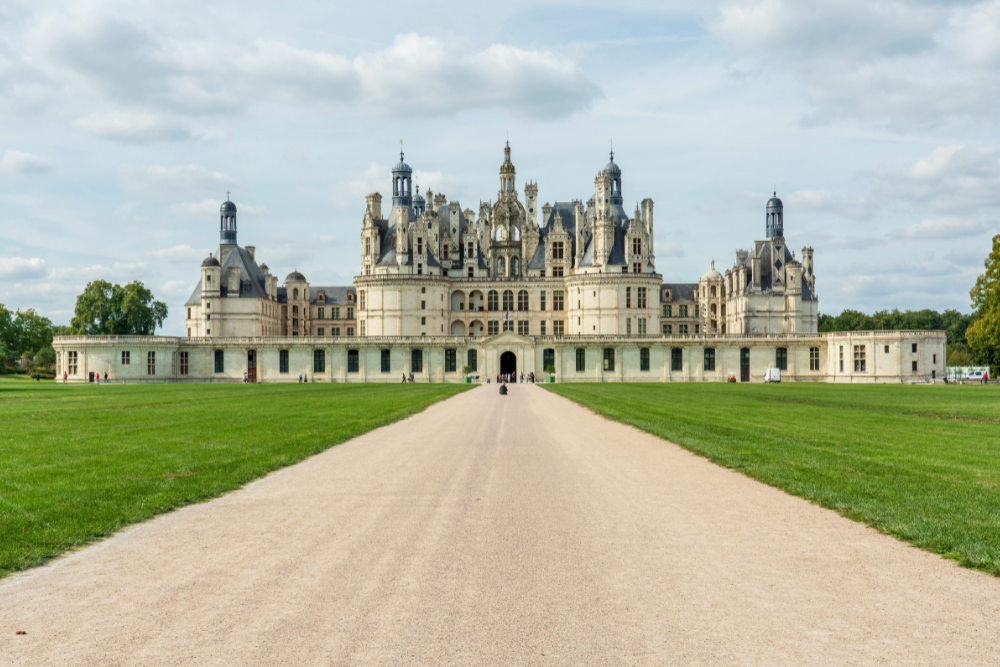
The Château de Chambord is renowned for its extraordinary design and architectural features, which combine elements of French medieval and Renaissance styles.
a. The Distinctive Roofline
One of the most striking features of Chambord is its roofline, which is a maze of chimneys, turrets, and dormer windows. This highly ornamental roof is a hallmark of Renaissance architecture and provides spectacular views of the surrounding countryside. The roof is also designed to be functional, with the numerous chimneys helping to ventilate the interior rooms.
b. The Double Helix Staircase
One of Chambord’s most famous architectural features is the double helix staircase, which has been attributed to Leonardo da Vinci. This unique design allows two people to ascend or descend without ever meeting, as the stairs twist around a central column. The staircase is a beautiful, intricate design element that is one of the most photographed features of the château.
c. The Main Facade
The main façade of Chambord is a stunning example of Renaissance architecture, with a grand, symmetrical design. The château’s four corner towers, each capped with a dome, give it a distinct appearance that’s easily recognizable. The ornate detailing and elegant windows create an air of majesty and nobility, contributing to Chambord’s status as one of the most magnificent castles in France.
d. The Large Courtyard
The château is built around a massive courtyard, which is flanked by grand arcades and overlooks the surrounding parkland. The courtyard is a key feature of Chambord’s design, emphasizing the symmetry and balance of the entire structure.
e. The Park and Gardens
Chambord is surrounded by a vast park and gardens, which span over 13,000 hectares. The grounds are home to a variety of wildlife and are perfect for long walks or cycling tours. The park’s natural beauty complements the château’s grandeur, offering visitors a chance to immerse themselves in the serene landscape.
3. Things to Do at the Château de Chambord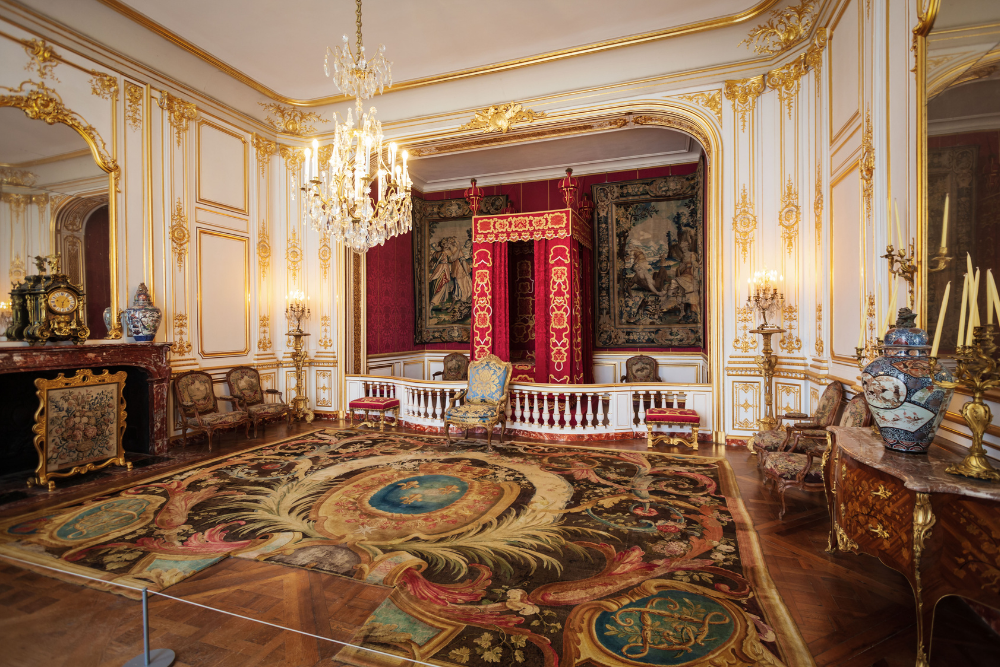
There’s no shortage of things to do and see at the Château de Chambord. Here are some of the top experiences you shouldn’t miss:
a. Explore the Interior Rooms and Galleries
Inside the château, visitors can explore more than 400 rooms spread across several floors. Many of the rooms have been beautifully restored and offer insights into the château’s royal past. Don’t miss the State Apartments, where the kings once resided, and the large drawing rooms, which are filled with beautiful tapestries, furniture, and artwork.
b. Visit the Gardens and Parklands
The grounds surrounding Chambord are ideal for outdoor exploration. You can take a leisurely stroll through the formal French gardens, or enjoy a scenic walk or bike ride through the vast forest park that covers much of the surrounding area. The park is home to a wide range of wildlife, including deer, wild boar, and various bird species. It’s the perfect place to unwind and enjoy the beauty of nature.
c. Boat Ride on the River Cosson
The River Cosson runs through the grounds of the château, and a boat ride along the river offers a unique perspective of the castle from the water. Visitors can rent small boats to explore the river and take in the scenic views of the château and its surrounding forests.
d. Attend a Cultural Event
Throughout the year, Chambord hosts a variety of cultural events, including concerts, theatrical performances, and exhibitions. Many of these events take place in the château’s grand halls or on the grounds, making them a memorable way to experience the magic of Chambord after hours.
e. Take a Guided Tour
To truly appreciate the history and architecture of the Château de Chambord, consider taking a guided tour. Knowledgeable guides will lead you through the castle’s rooms and grounds, sharing fascinating details about the château’s history, its royal inhabitants, and its architectural design. Tours are available in several languages and can be booked in advance.
4. How to Get to the Château de Chambord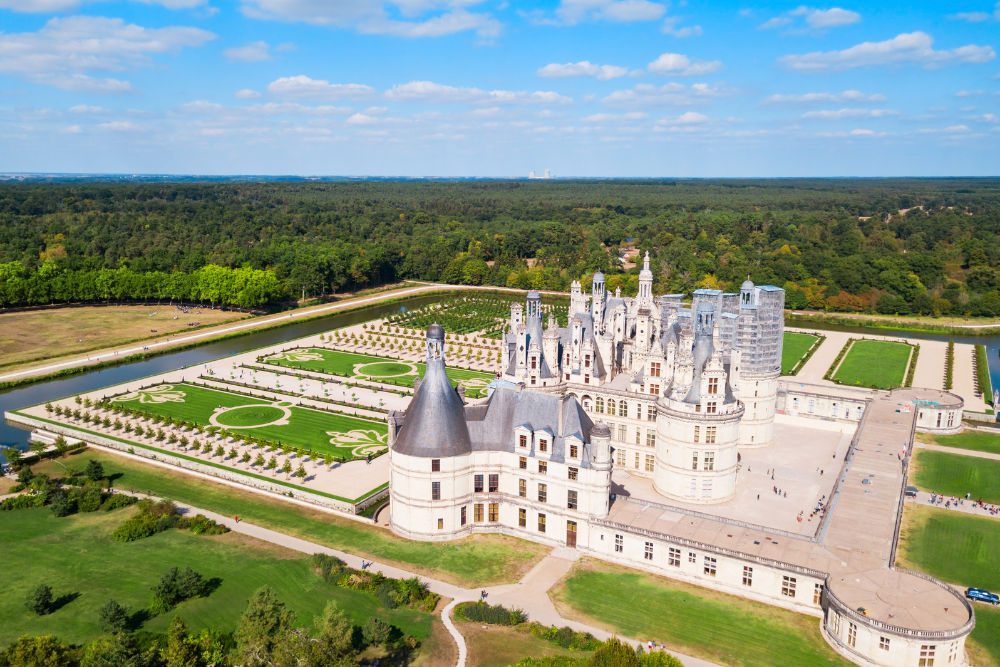
The Château de Chambord is located about 15 kilometers east of Blois in the Loire Valley. It is easily accessible by car, train, and even by bus.
By Car
If you’re driving, the château is located about 2.5 hours from Paris via the A10 motorway. There is ample parking on-site for visitors.
By Train
If you’re traveling by train, the nearest station is Blois, which is about 15 kilometers from Chambord. From Blois, you can take a local bus or taxi to the château.
By Bus
Several bus lines run from Blois to the château, especially during the tourist season. It’s advisable to check timetables ahead of your visit, as services may vary depending on the time of year.
5. When to Visit the Château de Chambord
Chambord is open to visitors year-round, but the best time to visit largely depends on your preferences.
a. Spring and Summer
The spring and summer months (April to September) are the most popular times to visit Chambord, as the gardens and parklands are in full bloom, and the weather is perfect for outdoor exploration. This is also when many of the château’s cultural events take place.
b. Fall
The fall months (October and November) offer a quieter, more peaceful experience. The fall foliage in the surrounding parklands provides a beautiful backdrop for photographs, and the cooler weather makes it a pleasant time to explore the château without the summer crowds.
c. Winter
While winter (December to February) can be cold, it’s a magical time to visit if you want to experience Chambord without the crowds. The château’s interior is just as impressive in winter, and the winter landscape surrounding the château offers a serene and tranquil atmosphere.
6. Practical Tips for Visiting the Château de Chambord
- Opening Hours: The château is open year-round, but the opening hours can vary by season. It’s best to check the official website for the most up-to-date hours and ticket prices.
- Tickets: Admission to the château can be purchased on-site or online. Discounts are available for students, children, and groups. Special rates may apply for specific events and exhibitions.
- Accessibility: The château is wheelchair accessible, and there are designated paths for those with limited mobility.
- Food and Drink: There are several cafés and restaurants on the château grounds where you can enjoy a meal or a snack. For a more authentic experience, consider dining at the château’s official restaurant, La Table de Chambord, which offers French cuisine in a beautiful setting.
Conclusion
The Château de Chambord is a true masterpiece of Renaissance architecture, offering visitors a glimpse into France’s royal past, architectural splendor, and natural beauty. Whether you’re marveling at the iconic roofline, exploring the historic rooms, or enjoying the parklands, Chambord promises a unique and unforgettable experience. Plan your visit carefully to fully appreciate the grandeur and charm of one of the Loire Valley’s most famous landmarks.



